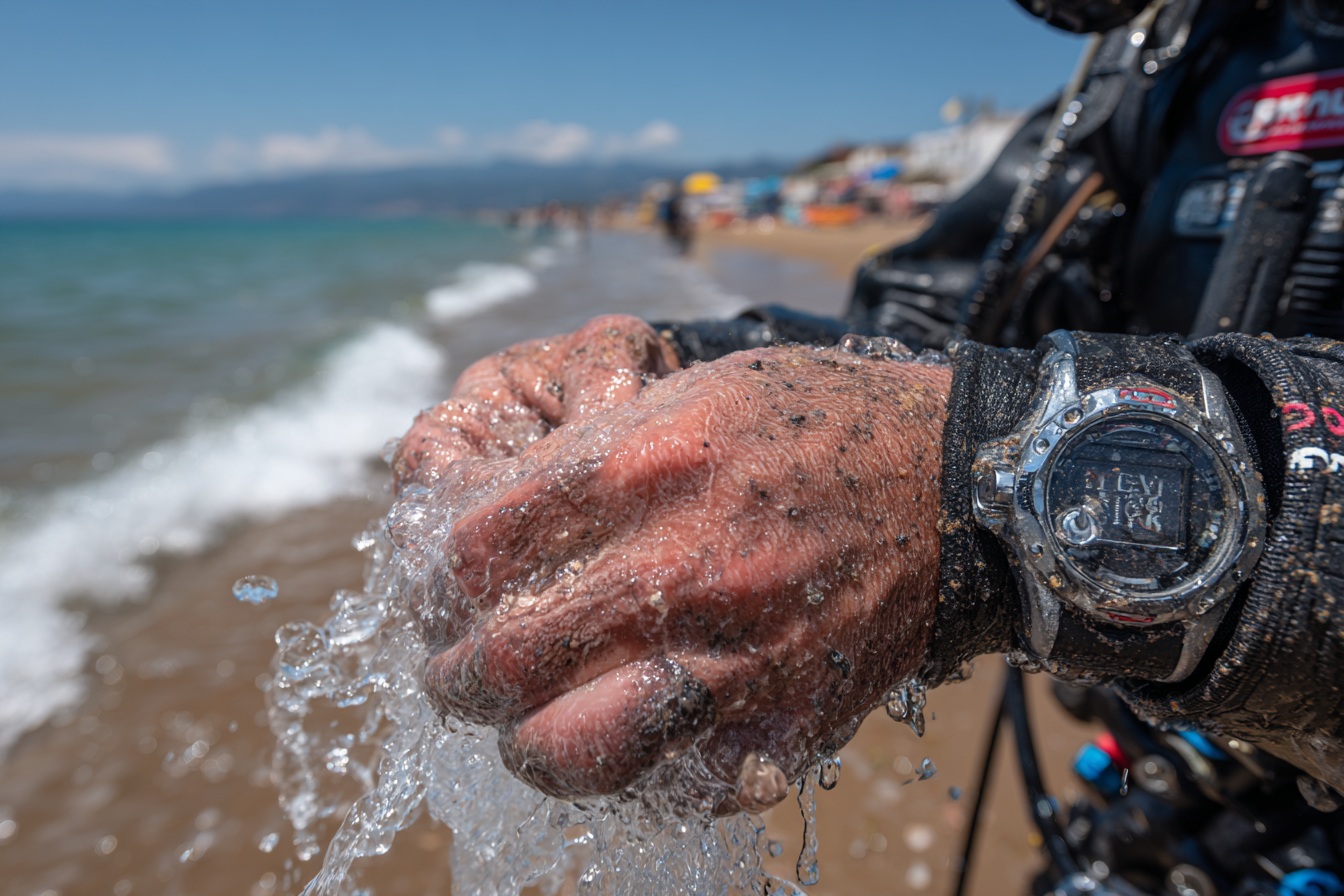Scuba diving offers an incredible underwater adventure, allowing you to explore marine life and vibrant coral reefs. However, the key to safe and enjoyable dives lies not just in skill but also in having reliable, well-maintained scuba gear. Proper maintenance ensures your equipment performs optimally, lasts longer, and keeps you safe beneath the waves. Whether you’re a beginner or a seasoned diver, knowing how to care for your gear is essential. In this guide, we’ll walk through the top scuba diving gear maintenance tips, covering everything from daily cleaning routines to seasonal checkups and storage practices.
Why Maintaining Your Scuba Diving Gear Matters
Scuba diving equipment is an investment, both financially and for your safety. Regular maintenance prevents malfunctions that could jeopardize your dive or lead to costly repairs. Saltwater, sand, and exposure to sun can degrade gear quickly if not cared for properly. By taking a few minutes after every dive to clean and inspect your equipment, you minimize the risk of performance issues during your next underwater adventure. Well-maintained gear also provides better comfort and function, ensuring regulators breathe smoothly, masks stay clear, and wetsuits retain flexibility.
Daily Post-Dive Cleaning Routines
After every dive, a thorough yet gentle cleaning routine is your first line of defense against corrosion and wear. Here’s a simple set of daily steps to follow:
- Rinse everything with fresh water: Salt and chlorinated water can damage seals and metal parts. Use fresh water to rinse regulators, masks, fins, BCDs, wetsuits, and other equipment immediately after diving.
- Flush your regulator: Hold the regulator downstream in fresh water and gently purge it to clear out any salt or sand inside.
- Wash your wetsuit: Use cool fresh water and optionally a mild wetsuit shampoo. Scrub gently to remove salt and grime, then hang it to dry away from direct sunlight.
- Drain and purge your BCD: Inflate and deflate the buoyancy compensator several times while rinsing to flush out salt deposits from the inside bladder and valves.
- Clean your mask and fins: Rinse to remove salt and debris. For masks, soak them briefly in warm fresh water to loosen any stubborn salt crystals.
Regular Inspection of Regulators, Masks, Fins, and Wetsuits
Beyond daily cleaning, periodic inspections help catch early signs of wear or damage:
- Regulators: Check hoses for cracks, leaks, or stiffness. Inspect the mouthpiece for tears or wear. Attach the regulator to the tank and listen for any hissing to detect leaks.
- Masks: Inspect the silicone skirt for tears or brittleness. Check the strap for elasticity and damage. Clean the inside of the lens with an anti-fog solution to ensure clear vision underwater.
- Fins: Examine fin straps and buckles for cracks or stretching. Inspect fin blades for any cracks, especially near attachment points or rails.
- Wetsuits: Look for abrasions, holes, or damaged seams. Test zippers for smooth operation and lubricate them as needed with zipper lubricant designed for neoprene.
Proper Care for Buoyancy Compensators and Tanks
Buoyancy compensators (BCDs) and tanks require special attention as they are integral to your safety underwater.
Buoyancy Compensators
Rinse thoroughly inside and out after every dive to remove salt and debris. Inflate partially and shake water out of the bladder before drying. Inspect the inflator mechanism and dump valves for smooth operation. Store the BCD partially inflated to prevent creasing and damage to the bladder.
Tanks
Always rinse the exterior with fresh water, avoiding submerging the valve to prevent moisture from entering. Check the tank for visible corrosion or dents. Have your tank visually inspected annually and hydrostatically tested every 3-5 years as per local regulations to guarantee safety.
Avoiding Common Maintenance Mistakes
While maintenance may seem straightforward, divers often make errors that reduce gear lifespan. Avoid these pitfalls:
- Skipping fresh water rinses: Salt build-up is corrosive and compromises seals and metals.
- Using harsh detergents or solvents: These can damage neoprene, rubber, and plastic components.
- Not drying gear properly: Leaving damp equipment sealed or in direct sunlight leads to mold or material breakdown.
- Forgetting to regularly service complex gear: Regulators and BCDs have moving parts that need professional servicing.
Tips for Professional Servicing Schedules
Even with diligent daily and monthly maintenance, some equipment requires professional attention:
- Regulators: Have them serviced at least once a year or after 100 dives by a certified technician. This includes dismantling, cleaning, replacing worn parts, and testing.
- BCD: Annual inspections and servicing keep inflators, dump valves, and seams functioning properly.
- Tanks: Follow local regulations for hydrostatic testing and visual inspections, which usually occur every year or every few years depending on regional requirements.
Keep a maintenance log to track service dates, repairs, and inspections – this helps you remember when it’s time for the next checkup.
Storage Considerations to Preserve Gear Condition
How you store your scuba diving equipment can greatly influence its longevity:
- Keep gear in a cool, dry place: Avoid hot, humid or direct sunlight environments which accelerate material degradation.
- Store wetsuits properly: Hang wetsuits on wide padded hangers to prevent creases and material stress.
- Deflate BCDs partially: Prevents stress on bladder seams and avoids permanent creases.
- Protect regulators and instruments: Store them in their protective bags or boxes to avoid physical damage and dust accumulation.
- Keep tanks upright and secured: Prevents accidental tip-overs that might damage valves.
Keep Your Gear Ready for Adventure
Maintaining scuba diving gear isn’t just about prolonging equipment life; it’s about ensuring every dive is safe, comfortable, and enjoyable. By following daily rinses, regular inspections, avoiding common mistakes, adhering to professional service schedules, and storing your gear properly, you invest in peace of mind below the surface. Remember, your gear is your lifeline underwater – giving it the care it deserves means many happy dives ahead. So the next time you pack for your underwater journey, spend a little extra time caring for your equipment. Your gear — and your next dive — will thank you.







